Fire Pit Installation Fort Worth
Fire Pit Installation in Fort Worth
So you want gathering spot for cool evenings and outdoor entertaining, right? That's what fire pit installation does. Basically creating contained fire feature in your yard—providing warmth and ambiance, defining outdoor living space, creating focal point for seating and socializing. We install fire pits all over Fort Worth—backyards in Ridglea creating cozy gathering areas, poolside spaces in Tanglewood with elegant fire features, newer homes in Walsh Ranch adding character to basic patios. Texas evenings are perfect for outdoor relaxing—comfortable temperatures most of year, cool nights during spring and fall ideal for sitting around fire, wanting outdoor space that's usable beyond just hot summer days. Fire pits provide that—extending outdoor season into cooler months, creating atmosphere for entertaining, giving people reason to gather outside.
Here's the thing about fire pits in Fort Worth—done right they're fantastic addition, but done wrong they're safety hazard or expensive mistake. Our clay soil moves and shifts causing structural problems if fire pit's not built properly, gas installations require correct sizing and safe connections, wood-burning pits need proper ventilation and clearances, local regulations affect what you can build and where. We've fixed or rebuilt fire pits done wrong—inadequate foundations cracking and settling, gas lines sized incorrectly causing poor flames or safety issues, structures built too close to house or combustibles creating hazards, cheap materials deteriorating after one season. Building fire pit requires proper foundation for soil conditions, correct fuel system installation, appropriate materials withstanding heat, construction meeting safety codes and manufacturer requirements.
We handle complete fire pit installation—design consultation and planning, fuel system selection and setup, foundation and structure construction, finishing and integration with landscape. Not just dig hole and pile rocks. We design fire pits working for your space and intended use, install fuel systems safely and correctly, build proper foundations lasting in Fort Worth clay, create finished features that are safe and attractive.

Design and Planning Process

Determining fire pit style and type—choosing between wood-burning and gas operation, deciding on built-in versus portable options, selecting traditional versus contemporary design, considering size appropriate for space and gathering size. Before designing anything we discuss what you want from fire pit. Wood fire for authentic experience and aroma? Gas for convenience and cleaner operation? Large gatherings needing big feature? Intimate space for small groups? Traditional stone appearance or modern metal design? Different preferences need different solutions. We recommend options matching your entertaining style, property aesthetic, and budget.
Fuel source selection and considerations—natural gas connection from house, propane tank storage, wood-burning with proper ventilation, comparing convenience versus experience of each option. Fuel choice is fundamental decision. Natural gas is most convenient—always available, no refilling, clean burning, easy operation. Requires gas line run from house meter—cost depends on distance. Propane uses refillable tank—more flexible location but tanks need periodic refilling and storage. Wood-burning provides authentic campfire experience—crackling fire, wood aroma—but requires wood storage, produces smoke, needs ash cleanup. We discuss pros and cons honestly helping you choose right option.
Size and scale planning—determining appropriate fire pit dimensions, ensuring proportional to surrounding space, providing adequate seating area around feature, not overwhelming or underwhelming property. Fire pit needs right size for location and use. Too small and it's ineffective for gatherings, too large and it dominates space or consumes excessive fuel. Standard fire pits range 36 to 48 inches diameter for wood-burning, often smaller for gas versions. We recommend size making sense—proportional to patio or area, adequate for typical group size, appropriate for property scale.
Location selection and clearances—positioning safe distance from house and structures, ensuring proper clearances from combustibles, considering wind patterns and smoke, planning seating arrangement, meeting code requirements. Location is critical for safety and functionality. Fort Worth has code requirements for fire pit placement—minimum distances from structures, combustible materials, property lines. Prevailing wind affects smoke direction—don't position where smoke constantly blows toward house or seating. We assess your property, recommend location maximizing enjoyment while meeting safety requirements and codes.
Integration with outdoor living space—coordinating with existing patio or deck, planning seating configuration, considering lighting and ambiance, thinking about traffic flow, creating cohesive outdoor room. Fire pit usually anchors outdoor living area—seating arranged around it, patio designed accommodating feature, lighting complementing fire ambiance. We design fire pit as part of complete space, not isolated feature randomly placed. Consider how people will move through area, where seating works best, how feature relates to other outdoor elements.
Professional Installation Process
Foundation design and construction—building proper base for fire pit weight and heat, creating level stable platform, ensuring adequate drainage, planning for clay soil movement, using appropriate materials withstanding heat. Fire pit needs solid foundation—supporting structure weight, handling heat exposure, remaining stable as clay soil shifts. We build appropriate foundation—gravel base for drainage, proper depth and compaction, level construction, materials rated for heat. Foundation prevents settling, cracking, and structural problems developing over time.
Gas line installation for gas fire pits—sizing line properly for BTU requirements, routing safely from supply source, installing shutoff valve, making proper connections, pressure testing system ensuring no leaks. Gas installation requires licensed plumber in Fort Worth—safety is critical. We coordinate proper gas work—line sized for fire pit BTU load, routed meeting code, shutoff valve for safety, connections made correctly, complete system pressure tested. Gas work done wrong creates serious hazards—improper installation risks gas leaks, fires, explosions.
Structure construction and assembly—building fire pit walls or rim, installing fire ring or burner system, creating proper ventilation if wood-burning, ensuring structural stability, using heat-resistant materials. Structure gets built carefully—proper dimensions, stable construction, materials appropriate for heat exposure. Wood-burning pits need fire ring protecting outer structure from direct flame. Gas pits need burner properly positioned. Everything must be structurally sound—no wobbling or unstable elements.
Burner and ignition installation for gas pits—positioning burner for optimal flame pattern, connecting to gas supply correctly, installing ignition system, testing operation thoroughly, ensuring safe reliable function. Gas fire pit burner must be installed properly—correct positioning, solid connections, ignition working reliably, flame pattern appropriate. We install burner systems per manufacturer specs, test thoroughly, adjust for optimal performance. Burner installation affects both appearance and safety—must be done right.
Finishing and surrounding area—installing fire media like lava rock or fire glass, building surrounding seating walls if designed, creating finished appearance, integrating with patio or landscape, ensuring proper drainage around feature. Fire pit gets finished completely—fire media installed to proper depth, surrounding area completed professionally, drainage planned preventing water accumulation, integration with landscape making feature look intentional. Details make difference between basic functional pit and beautiful finished feature.
Fire Pit Types and Materials
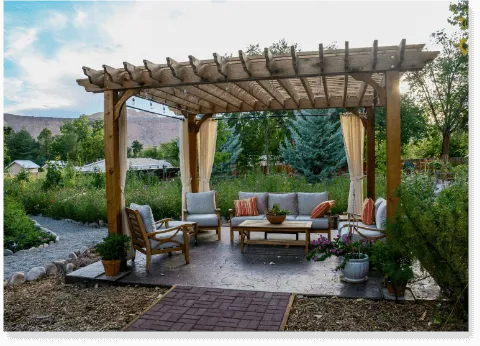
Wood-burning fire pit construction—using fire brick for interior, heat-resistant stone or block for structure, proper ventilation design, ash pit or removal access, creating traditional campfire experience. Wood-burning pits provide authentic fire experience—real wood flames, crackling sounds, wood smoke aroma. Require proper construction—fire brick lining protecting outer structure from heat, adequate ventilation preventing smoke problems, access for ash removal. Need regular maintenance—ash cleanup, occasionally replacing fire brick, keeping area clear of debris. But provide fire experience many people prefer.
Gas fire pit with natural gas—permanent connection to house gas supply, convenient always-available fuel, clean burning without smoke or ash, simple operation with key valve or electronic ignition. Natural gas fire pits are most convenient—turn on whenever you want fire, no fuel storage or refilling, no cleanup after use, cleaner burning than wood. Require gas line from house meter—installation cost depends on distance but once installed is maintenance-free fuel supply. Flames might not look quite as natural as wood fire but convenience is significant.
Propane gas fire pit options—using refillable propane tanks, more flexible installation location, similar convenience to natural gas, tank storage and periodic refilling required. Propane offers gas convenience without permanent gas line—good for locations far from house meter or rental properties where permanent gas line doesn't make sense. Tank hides in structure or nearby location, needs refilling periodically based on usage. Otherwise operates like natural gas—convenient clean burning, simple operation.
Material choices for durability—natural stone for traditional appearance, concrete block with stone veneer, poured concrete for custom shapes, steel or metal fire bowls, brick for classic look. Material affects both appearance and longevity. Natural stone creates high-end traditional appearance, handles heat well. Concrete block with stone veneer is economical while looking good. Poured concrete allows custom shapes. Metal fire bowls work for modern designs. Materials must withstand heat cycles—expanding when hot, contracting when cool—without cracking or deteriorating.
Fire media and decorative elements—lava rock for traditional gas fire appearance, fire glass for contemporary colorful look, ceramic logs mimicking wood fire, river rock for natural appearance, choosing based on desired aesthetic. Gas fire pits need media covering burner and creating finished appearance. Lava rock is traditional—natural looking, heat resistant, economical. Fire glass provides contemporary appearance with various colors available. Ceramic logs mimic wood fire appearance in gas pit. Choice affects overall appearance significantly—traditional versus modern, natural versus designed.
Safety Considerations and Code Compliance
Clearance requirements from structures—maintaining proper distance from house, keeping away from overhangs and combustibles, ensuring adequate separation from fences and plants, meeting Fort Worth code minimums. Fire pits have specific clearance requirements—typically 10 to 25 feet from structures depending on type and size. Combustible materials like wood fencing, overhangs, nearby plants need adequate separation. We position fire pits meeting code requirements and ensuring safety—proper distances from everything that could be affected by heat or flames.
Ventilation and smoke management—planning for wood-burning pit smoke, considering wind direction and patterns, ensuring adequate air flow, avoiding smoke problems near house or seating. Wood-burning pits produce smoke—needs somewhere to go. We consider prevailing winds, position pits so smoke typically blows away from house and primary seating. Can't completely control smoke with wind changes, but proper positioning minimizes problems. Gas pits don't produce smoke—one advantage for areas where smoke would be problematic.
Fuel safety and shutoff access—installing accessible gas shutoff valve, proper propane tank installation and storage, keeping wood fuel stored safely away from fire, ensuring safe operation procedures. Safety features are essential. Gas pits need shutoff valve accessible for emergencies. Propane tanks must be installed properly, away from heat. Wood storage should be safe distance from active fire. We install everything with safety priority—accessible shutoffs, proper tank mounting, clear operating instructions.
Proper drainage and weather protection—preventing water accumulation in fire pit, planning drainage around feature, considering covers for weather protection, ensuring longevity through proper water management. Water is enemy of fire pits—accumulation causes rust in metal components, freeze damage in masonry, operational problems. We plan proper drainage—fire pit bottom slopes to drain or has weep holes, surrounding area directs water away, covers available for weather protection. Proper water management extends fire pit life significantly.
Child and pet safety considerations—planning appropriate barriers or distance, ensuring stable construction preventing tipping, avoiding sharp edges, considering safety screens for wood-burning pits. Fire pits need consideration for children and pets who might not understand danger. Stable construction prevents accidental tipping. Smooth edges avoid injuries. Wood-burning pits might need screens preventing sparks and keeping kids back from open flames. We design and build with safety in mind—especially important for families with young children or pets.
Integration and Surrounding Features
Seating arrangements around fire pit—planning built-in seating walls, positioning movable furniture, creating conversation circle, ensuring adequate space for traffic flow, comfortable distance from fire for heat. Seating makes or breaks fire pit area. Built-in walls provide permanent seating, define space, look finished. Movable furniture offers flexibility. Seating should encircle fire creating conversation space, positioned comfortable distance away—close enough feeling heat, far enough not being too hot. We plan seating as part of complete fire pit design.
Patio and hardscape coordination—integrating fire pit with existing or new patio, using complementary materials, creating defined fire pit area, planning proper base preventing grass damage, thinking about complete outdoor space. Fire pit usually sits on or near patio—needs coordination with hardscape. Materials should complement patio. Area around fire pit needs hard surface—prevents dead grass from heat, provides stable surface for seating, looks finished. We design fire pit integrating with overall hardscape plan.
Lighting for evening ambiance—planning path lighting for safety, adding accent lighting highlighting feature, considering fire light as primary illumination, creating atmosphere for entertaining. Fire provides natural lighting but surroundings need consideration. Path lighting ensures safe movement to and from fire pit area. Subtle accent lighting highlights feature when fire's not burning. We plan lighting complementing fire—not overwhelming natural flames but providing safety and ambiance.
Landscaping and screening considerations—using plantings to define space, creating privacy from neighbors, selecting heat-tolerant plants for nearby areas, integrating fire pit into landscape, planning for mature sizes. Landscaping softens fire pit area, provides privacy, integrates feature into yard. Plants near fire pit must tolerate heat—no delicate specimens that'll cook from radiant heat. We coordinate landscaping appropriate for fire pit area—heat-resistant selections, proper distances, integration making feature look natural in landscape.
Additional outdoor living elements—combining with outdoor kitchen or bar, creating complete entertaining space, adding sound system or outdoor TV, planning storage for firewood or accessories, thinking about whole outdoor room. Fire pit often anchors larger outdoor living area—combine with kitchen, bar, comfortable seating, entertainment options. We discuss complete vision for outdoor space, plan fire pit as part of coordinated area, create outdoor room that's functional for entertaining and relaxing.
Why Professional Installation Matters
Safety and code compliance—ensuring proper clearances from structures, correct gas installation preventing hazards, meeting Fort Worth requirements, avoiding safety problems from improper construction. Fire pits involve real safety concerns—flames, heat, gas if applicable. Professional installation ensures code compliance—proper clearances, safe fuel system installation, stable construction. DIY or cheap installation often has safety issues—too close to structures, improper gas work, unstable construction creating hazards.
Proper fuel system installation—correctly sized gas lines, safe connections preventing leaks, appropriate burner installation, licensed plumber for gas work. Gas fire pits require proper installation—line sizing, routing, connections all must be correct. Licensed plumber ensures safe installation meeting codes. DIY gas work is dangerous—risks gas leaks, fires, potentially fatal mistakes. Even experienced DIYers should hire licensed professional for gas installation.
Longevity and weather resistance—building foundations lasting in clay soil, using materials withstanding heat cycles and weather, construction techniques preventing deterioration, proven methods for Fort Worth conditions. Fire pits endure harsh conditions—extreme heat when burning, temperature cycles, Fort Worth weather exposure. Professional construction uses appropriate materials and methods—foundations handling soil movement, heat-resistant materials, weatherproof construction. Structure should last twenty-plus years, not deteriorate rapidly from inadequate materials or construction.
Professional appearance and property value—quality construction and finishing, feature complementing property, integration with landscape and hardscape, adding value not detracting. Well-built fire pit enhances property—creates attractive focal point, extends outdoor living season, adds value. Poorly built feature looks cheap, might even reduce value. Professional construction delivers quality appearance—finished properly, integrated thoughtfully, feature you're proud showing guests.
Warranty and support—standing behind installation work, correcting problems, providing operating instructions and maintenance guidance, relationship for future questions or modifications. We warranty our fire pit installations—construction work, gas installation if applicable, everything. Provide complete operating instructions and maintenance guidance. Available for questions or future modifications. Random installer disappears after getting paid—good luck getting support if problems develop.
Frequently Asked Questions
How much does fire pit installation cost in Fort Worth?
Varies significantly based on type and complexity honestly. Basic portable fire bowl might cost few hundred dollars—not installation, just purchase. Simple built-in wood-burning pit might run $1,500 to $3,000 installed. Gas fire pit with natural gas line installation typically $3,000 to $6,000 depending on distance from gas meter. Elaborate custom fire features with extensive stone work, built-in seating, gas connection can exceed $8,000 to $15,000. We provide detailed quotes after understanding your requirements and assessing your property. Most homeowners find fire pits worthwhile investment—extends outdoor season, creates gathering space, adds property value.
Wood-burning or gas fire pit—which is better?
Depends on priorities honestly. Wood-burning provides authentic fire experience—real wood flames, crackling sounds, campfire aroma—but requires wood storage, produces smoke, needs ash cleanup, can't use during burn bans. Gas offers convenience—instant operation, no cleanup, no smoke, usable even during burn bans—but lacks some authentic fire experience, requires fuel line or tank, might have higher installation cost. Many people choose gas in Fort Worth—convenience wins, especially when fire pit is used frequently. We discuss pros and cons helping you choose what works for your situation.
Do fire pits require permits in Fort Worth?
Depends on type and installation. Portable fire pits typically don't require permits. Permanent built-in fire pits might require building permit depending on construction. Gas fire pits definitely require plumbing permit for gas line installation—must be inspected ensuring safe installation. We handle permit requirements as part of service—determining what's needed, preparing applications, obtaining approvals. Proper permitting ensures safety and avoids problems with city or insurance if issues occur.
Can fire pit be installed near pool or deck?
Possibly but requires careful planning. Need proper clearances from structures—decks might have minimum distance requirements. Pool area requires consideration—preventing embers falling into pool, ensuring adequate separation, thinking about traffic patterns. Gas fire pits work better near pools than wood-burning—no embers, cleaner operation. We assess specific situation, determine what's feasible safely, recommend solutions meeting codes and working functionally. Some locations just don't work safely—we'll tell you honestly rather than creating hazardous situation.
What maintenance does fire pit require?
Depends on fuel type. Wood-burning pits need regular ash removal, occasional fire brick replacement if damaged, keeping area clear of debris, periodic inspection of structure. Gas pits need minimal maintenance—occasional cleaning of burner, checking gas connections annually, keeping fire media clean, inspecting ignition system. Both benefit from covers protecting from weather when not in use. Stone or masonry might need occasional resealing. We provide maintenance guidance specific to your fire pit ensuring longevity and safe operation.
Call us for professional fire pit installation throughout Fort Worth. We've installed fire pits all over—from simple wood-burning circles to elaborate gas fire features with custom stone work and built-in seating. Your property deserves gathering space that's safe, functional, beautiful addition to outdoor living area. We design fire pits working for how you entertain, install fuel systems safely and correctly, build proper foundations in clay soil, use materials lasting in our climate, finish everything professionally. Fire pit you'll enjoy for years—hosting gatherings, relaxing cool evenings, extending outdoor season into fall and winter months. Fort Worth's weather is perfect for outdoor fires much of year—let us build feature that's safe and attractive.
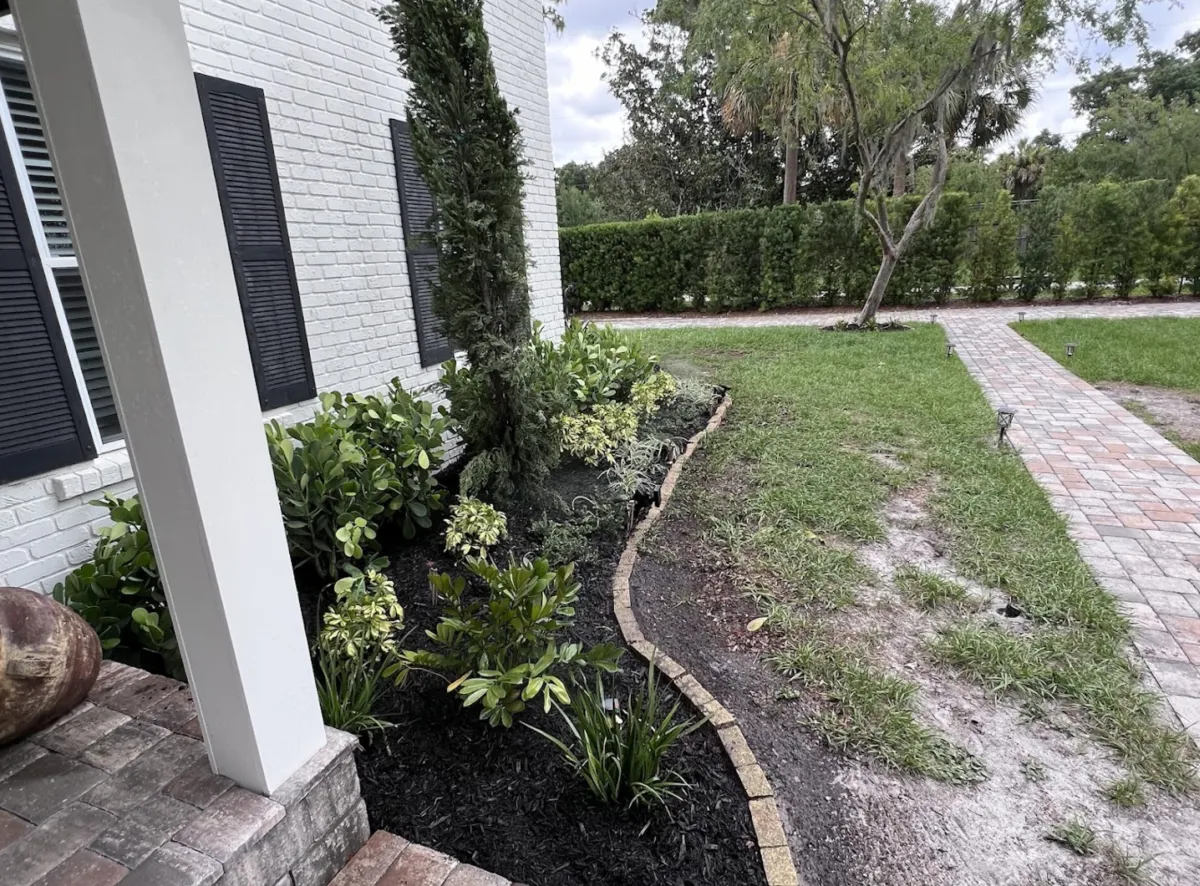

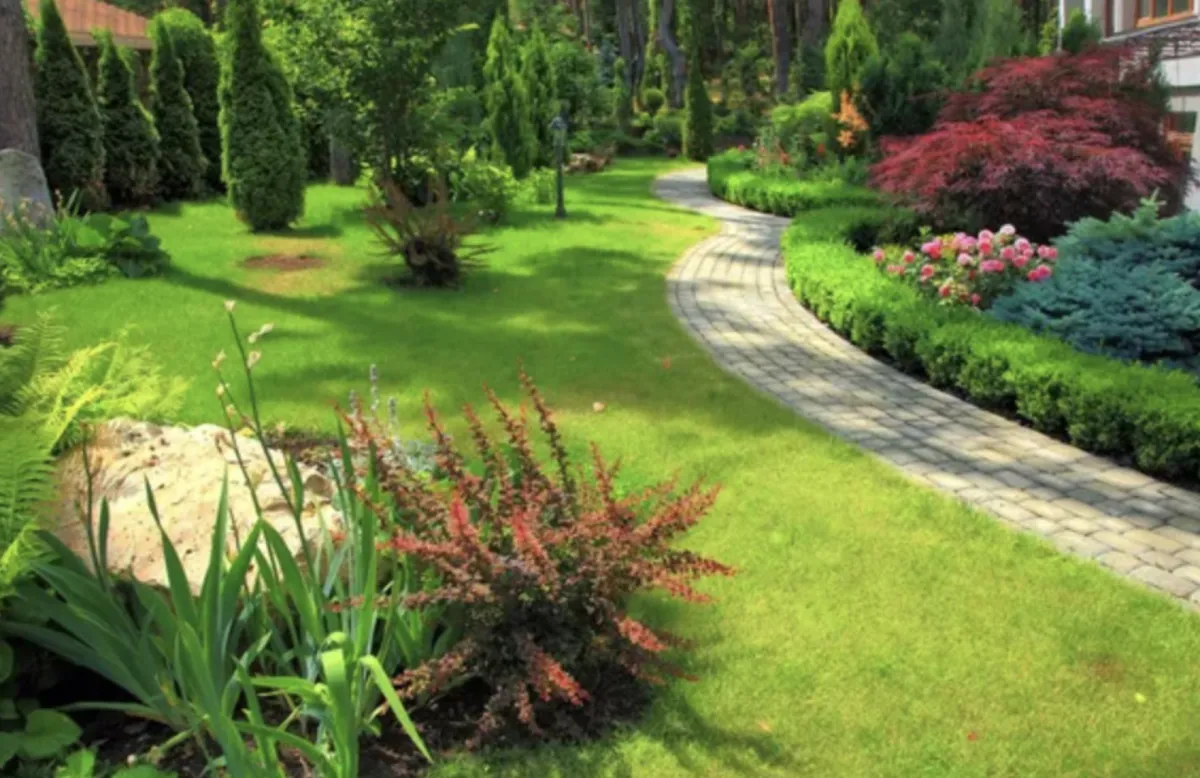
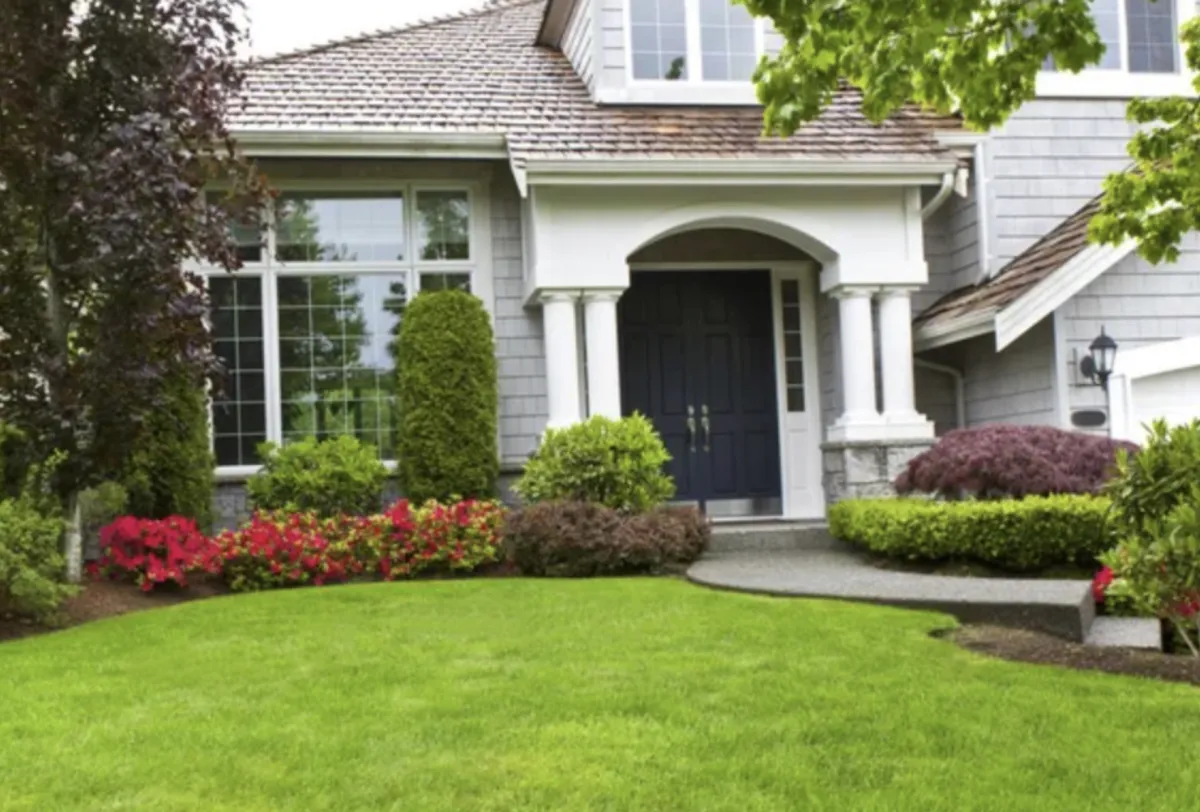
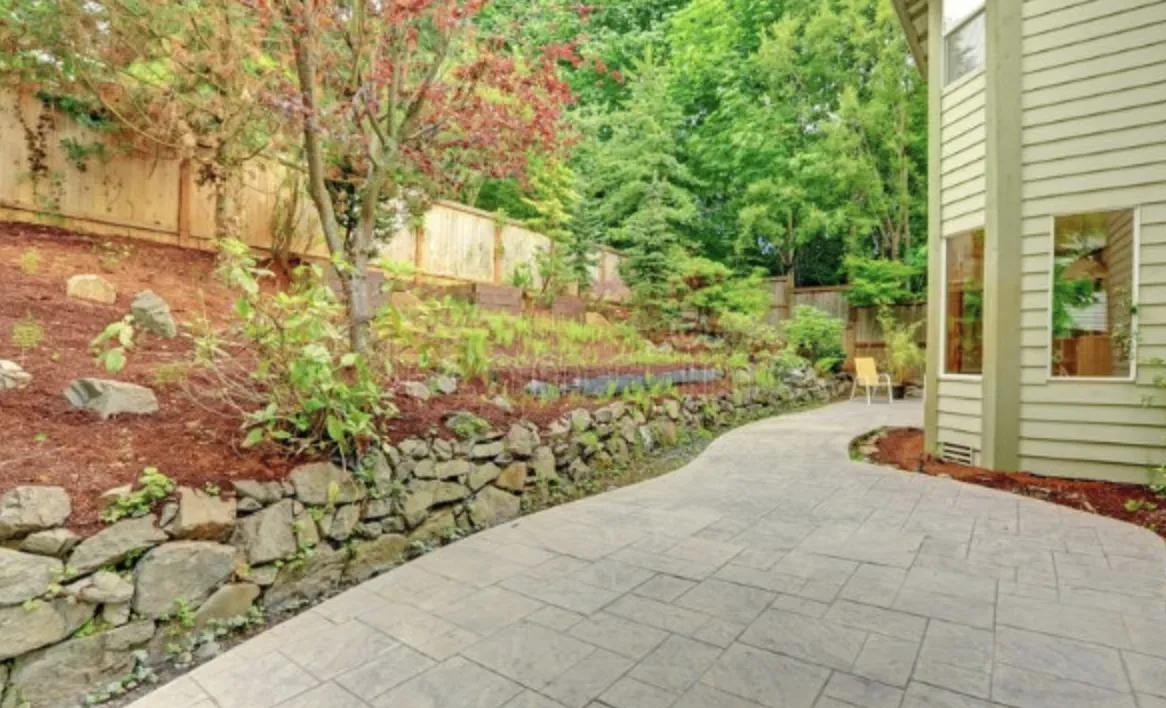

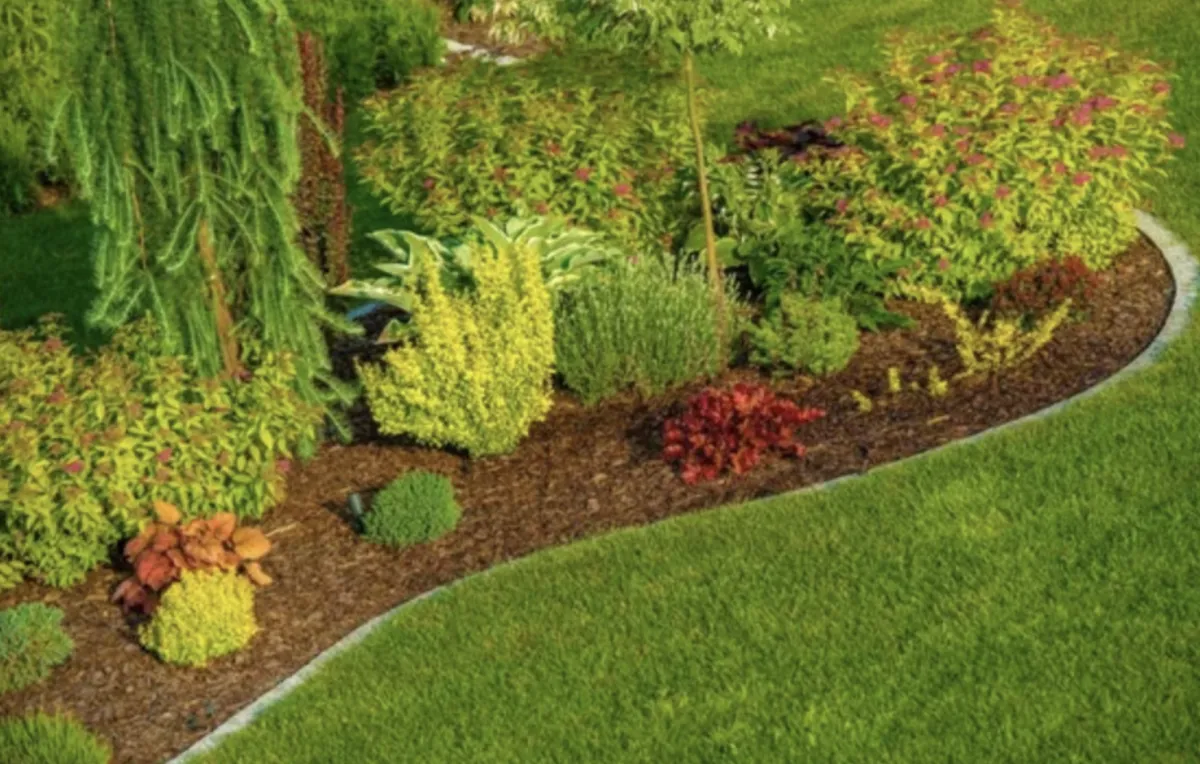

See What Our Customer Say About Us
Sarah M., Fort Worth, TX

“I can’t say enough good things about HF Landscape Design Fort Worth. They totally transformed our backyard into something out of a magazine — and they did it on time and within our budget. The team showed up early every day, cleaned up after themselves, and really listened to what we wanted. You can tell they actually care about the little details, not just getting the job done. Our neighbors keep stopping by asking who did the work — we tell everyone to call HF Landscape Design. Best decision we made for our home!”
Daniel R., Fort Worth, TX

“HF Landscape Design Fort Worth really blew us away. We had a plain front yard before, and now it looks like something you’d see in a design show. They helped pick the right plants for the Texas heat and even added lighting that makes the place glow at night. Super easy to talk to and very professional — they made the whole thing stress-free. We’d hire them again in a heartbeat.”
Megan & Tyler H., Fort Worth, TX

“Our backyard was just dirt and weeds before HF Landscape Design came in. Now it’s the spot where we spend every weekend with friends. They built a patio, added flower beds, and somehow made it all feel natural like it was always meant to be there. You can tell they love what they do — every detail was perfect. Highly recommend them to anyone in Fort Worth wanting a yard they’ll actually use.”
Get Professional Fire Pit Installation
Stop imagining outdoor gathering spaces around fires and start building them. Get professional fire pit installation creating safe, beautiful fire features for Fort Worth properties.
Call (817) 580-3329 to schedule fire pit installation consultation. We'll design custom fire features meeting your needs and install them safely ensuring years of outdoor enjoyment.
Service Areas: Fort Worth, Tanglewood, Ridglea Hills, River Crest, Westover Hills, Berkeley, Monticello, Mistletoe Heights, and surrounding communities.
Frequently Asked Questions
What is the average cost of landscape design?
Landscape design costs in Fort Worth typically range from $2,000 to $8,000 depending on property size—project complexity—level of detail required. Simple front yard designs for smaller properties might run $1,500 to $3,000. Comprehensive landscape plans for larger properties with detailed planting plans—hardscape designs—irrigation layouts—lighting plans usually cost $5,000 to $10,000 or more. We typically credit design fees toward installation if you proceed with us for the work. Design-only services cost more since we're not recouping fees through installation. Most clients in areas like Tanglewood or Westover Hills invest in detailed designs because their properties warrant professional planning. Newer neighborhoods with simpler yards might need less extensive design work.
What does it cost for a landscape design?
Design fees depend on project scope and what you need included. Basic conceptual designs showing general layout—plant groupings—hardscape locations run $1,500 to $3,000 for typical residential properties. Detailed construction-level plans with exact plant specifications—hardscape dimensions—grading plans—irrigation zone maps cost $4,000 to $8,000 or higher for complex projects. Commercial landscape design involves additional complexity and typically costs more. We discuss your specific needs during initial consultation and provide design fee quotes based on actual scope. Design fees get credited toward installation when you hire us for the work. Fort Worth properties with challenging conditions—significant slopes—drainage issues—often need more detailed planning which affects design costs.
What is the difference between a landscape architect and a landscape designer?
Landscape architects have formal education—state licensing—ability to stamp engineering drawings for permits. They handle complex projects requiring grading engineering—structural calculations—commercial site development—regulatory compliance. Landscape designers focus on plant selection—aesthetic layout—residential design without engineering components. In Fort Worth, landscape architects are required for certain commercial projects—retaining walls over specific heights—projects needing engineered drainage solutions. Residential projects usually work fine with landscape designers unless you've got significant slope issues—major grading needs—structures requiring engineering stamps. Landscape architects cost more but bring technical expertise for complex projects. Most residential landscapes in neighborhoods like Arlington Heights or Ridglea work well with landscape designers. Larger estates or properties with serious site challenges benefit from landscape architectural services.
Why is landscape design so expensive?
Professional landscape design involves considerable time—expertise—detailed planning work. Designers spend hours on site assessment—measuring—analyzing drainage and sun patterns—researching plant options for specific conditions. Creating scaled plans requires CAD software skills—design knowledge—understanding of Fort Worth's climate and soil conditions. Good designers prevent expensive installation mistakes—plant failures—drainage problems that cost far more to fix later. You're paying for years of experience knowing what works in North Texas clay soil—which plants survive July heat—how to design irrigation zones efficiently. Design fees also cover revisions—client meetings—coordination with contractors during installation. Cheap or free designs often mean cookie-cutter plans—inexperienced designers—or design costs hidden in inflated installation prices. Professional design upfront saves money long-term by getting things right the first time.
What is the rule of 3 in landscaping?
The rule of three suggests planting in odd-numbered groups—typically three plants—creates more natural and visually appealing arrangements than even numbers. Three plants or features create triangular compositions—visual interest—balance without formal symmetry. This applies to groupings of the same plant variety or repeating design elements throughout the landscape. In Fort Worth landscapes, you might see three crape myrtles anchoring a bed—three groupings of ornamental grasses—three boulders in a natural arrangement. The rule helps avoid the static look of paired plantings or single specimens. Works for plants of various sizes—repetition of colors—hardscape feature placement. Not a strict requirement but a helpful design principle creating more dynamic landscapes. We use the rule of three alongside other design principles—proper spacing—mature size consideration—Fort Worth-appropriate plant selection.
What is a realistic landscaping budget?
Realistic budgets for Fort Worth landscape projects typically start around $10,000 for basic front yard renovations and run $20,000 to $50,000 for complete front and backyard transformations with hardscaping. Simple refreshes—new plants—mulch—irrigation repairs might cost $5,000 to $8,000. Projects including patios—retaining walls—outdoor kitchens—extensive plantings easily reach $50,000 to $100,000 or more. Budget depends on property size—existing conditions—how much hardscape you want—plant material quality and maturity. Fort Worth's clay soil often requires additional drainage work affecting costs. Established neighborhoods like Monticello with mature landscapes might need less work than new construction in Walsh Ranch starting from dirt. Quality materials and experienced installation cost more upfront but last longer and perform better in our climate.
